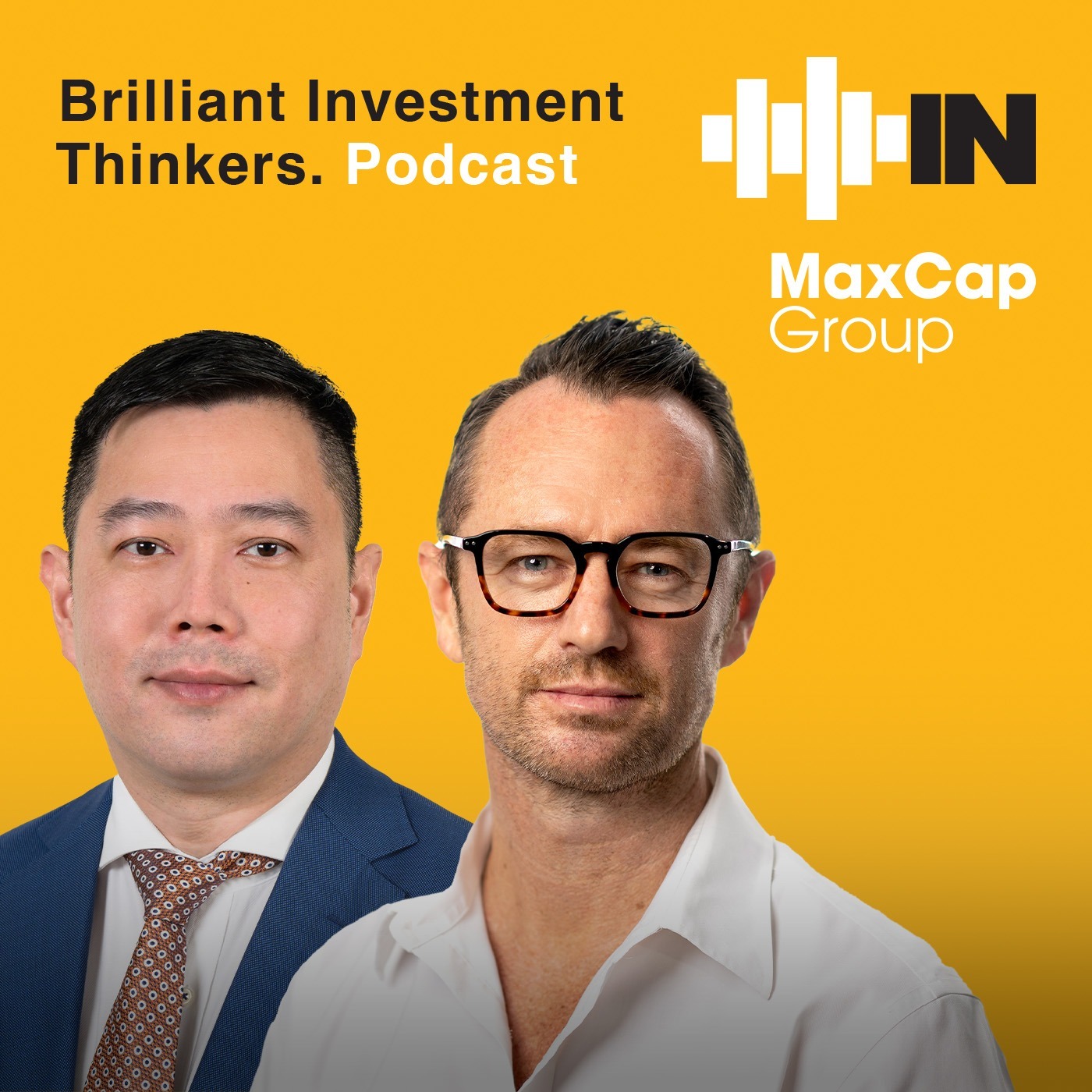Head-to-head: fundamental versus systematic investing in Australian equities
In essence, fundamental investing involves analysing companies and their underlying financials to identify undervalued or overvalued stocks, with the expectation that the market will eventually recognise their true value over time. In contrast, systematic investing uses quantitative models and/or algorithms to identify patterns in historical data, making investment decisions based on market signals rather than company-specific analysis.
More specifically, fundamental investing focuses on understanding the intrinsic value of a company by evaluating its financial health, growth potential, and market position. This approach typically relies on in-depth research, including financial statements, management quality, and industry trends, and is often used by investors who are looking for long-term growth opportunities.
On the other hand, systematic investing seeks to capitalise on data-driven patterns, using rules-based strategies to automate trading decisions. These strategies aim to generate returns by exploiting trends in the market and can be useful across short- and long-time horizons.
Systematic investing has become increasingly popular because of its ability to remove bias and emotion from the decision-making process. By relying on data signals, it offers consistency, scalability, and the ability to process large volumes of information quickly. However, it can be vulnerable to market changes or model failures. Fundamental investing, meanwhile, gives investors a more hands-on approach, relying on human insight and judgement to assess the potential of a company. It can be more flexible and adaptable to market conditions, but it also requires a high level of expertise.
Head-to-Head
Below are two Australian equity funds that have been randomly selected to go head-to-head in a comparison of their styles and approach. Note that for this exercise, we have not considered the funds’ suitability for portfolios.
| Merlon Concentrated Australian Share Fund | Invesco Wholesale Australian Share Fund | |
| APIR Code | HOW2217AU | CNA0811AU |
| Sector | Australian Equities | Australian Equities |
| Domicile | Australia | Australia |
| Fund Size | $173 million | $345 million |
| Launch Date | February 2018 | April 1991 |
| Min. Investment | $10,000 | $20,000 |
| Currency Management | N/A | N/A |
| Management Fee | 0.52% p.a. | 0.44% p.a. |
| Performance Fee | 20% | None |
| Distributions | Quarterly | Semi-annually |
| Holdings | 25–35 | 60–90 |
| Benchmark | S&P/ASX 200 Accumulation Index | S&P/ASX 300 Accumulation Index |
Investment Approach
- Merlon Concentrated Australian Share Fund: This fund follows a high-conviction, fundamental bottom-up stock-picking strategy, focusing on identifying undervalued, high-quality Australian companies with strong long-term growth potential. The portfolio is typically concentrated, holding around 20 to 35 stocks. The investment team conducts in-depth fundamental research to uncover opportunities and aims to deliver capital growth that outperforms the S&P/ASX 200 Index over the long term. The strategy seeks to balance risk and return by investing in companies with strong competitive advantages, solid management, and attractive valuations.
- Invesco Wholesale Australian Share Fund: This fund follows a quantitative, systematic investment strategy that combines a range of signals to select Australian equities. The investment approach uses a proprietary model to identify companies with strong growth potential, while seeking to minimise risk through careful stock selection and portfolio construction. The fund is designed to have broad exposure across sectors, with an emphasis on liquidity and diversification. The investment strategy aims to outperform the S&P/ASX 300 Index over the long term by applying a disciplined, data-driven approach to stock selection and portfolio management.
Performance
| As at Feb 25 | Merlon Concentrated | Invesco Wholesale | S&P ASX 200 | S&P ASX 300 |
| 1m | –0.49% | –4.45% | –3.79% | –3.79% |
| 3m | 1.37% | –3.38% | –2.56% | –2.59% |
| 6m | 4.58% | 3.29% | 2.77% | 2.76% |
| 1yr | 9.47% | 9.07% | 9.94% | 9.65% |
| 3yr | 12.32% | 8.93% | 9.24% | 8.89% |
| 5yr | 11.79% | 9.10% | 8.87% | 8.79% |
| 10yr | 8.56% | 7.51% | 7.51% |
*Merlon is benchmarked to the S&P/ASX 200 while Invesco is benchmarked to the S&P/ASX 300
Over the past year, Merlon outperformed Invesco, posting a return of 9.47 per cent, slightly ahead of Invesco’s 9.07 per cent. However, both funds underperformed their respective benchmarks. Over three and five years, Merlon has demonstrated strong outperformance relative to both the benchmark and Invesco. In contrast, over a ten-year period, Invesco has proven its ability to generate long-term sustainable alpha, outperforming the benchmark by 1.05 per cent a year.
These performance outcomes highlight that both funds have consistently delivered medium to long-term alpha, albeit through different investment styles – Merlon leveraging fundamental stock selection, while Invesco employs a systematic, quantitative approach.
Risk Metrics
| 1 Year Metrics: | Merlon Concentrated | Invesco Wholesale |
| Volatility | 10.33% | 11.28% |
| Beta | 0.82 | 1.06 |
| r^2 | 0.70 | 0.96 |
| Tracking Error | 6.00% | 2.47% |
Volatility is the most common measure of risk, and on this score, Invesco has exhibited elevated short-term levels relative to Merlon (11.28% versus 10.33%). This suggests that investors have expereinced a larger fluctuation in returns with Invesco.
Beta and r-squared also reveal key differences in market exposure. Invesco, with a beta of 1.06, a tracking error of 2.47% and r-squared of 0.96, suggests a more correlated return profile to the general market. Merlon’s beta of 0.82, tracking error of 6.00% and r-squared of 0.70 suggest significantly lower correlation with the market. The lower beta indicates reduced market risk, while the low r-squared and high tracking error reflect a strategy driven more by stock selection.
And the winner is…
While Merlon has outperformed Invesco across all time periods, both funds can play a valuable role in a client’s portfolio. Merlon offers concentrated stock picking with the potential for high outperformance; however, this comes with a significantly higher fee structure, due to the presence of a performance fee. According to the latest PDS, the Merlon Concentrated Australian Share Fund’s annual fee charge (AFC) is 1.12% a year, compared to Invesco Wholesale Australian Share Fund’s AFC of 0.44%.
The Invesco Wholesale Australian Share Fund has delivered a return profile over the last 10 years of more than one percentage point above the index, making it an attractive option as a core holding in a client’s portfolio. Merlon, on the other hand, is well-suited to clients who are looking for alpha and are willing to accept an investment with higher tracking error.
As always, investors must understand that historical performance is not a true indicator of future performance. Before making investment decisions, conduct your own due diligence regarding underlying strategies, holdings, market conditions, along with understanding your clients’ goals and risk tolerances prior to making decisions. The data in this article has been sourced from FE Analytics and fund websites.
Nick Hatzis is an investment analyst at Atchison.










